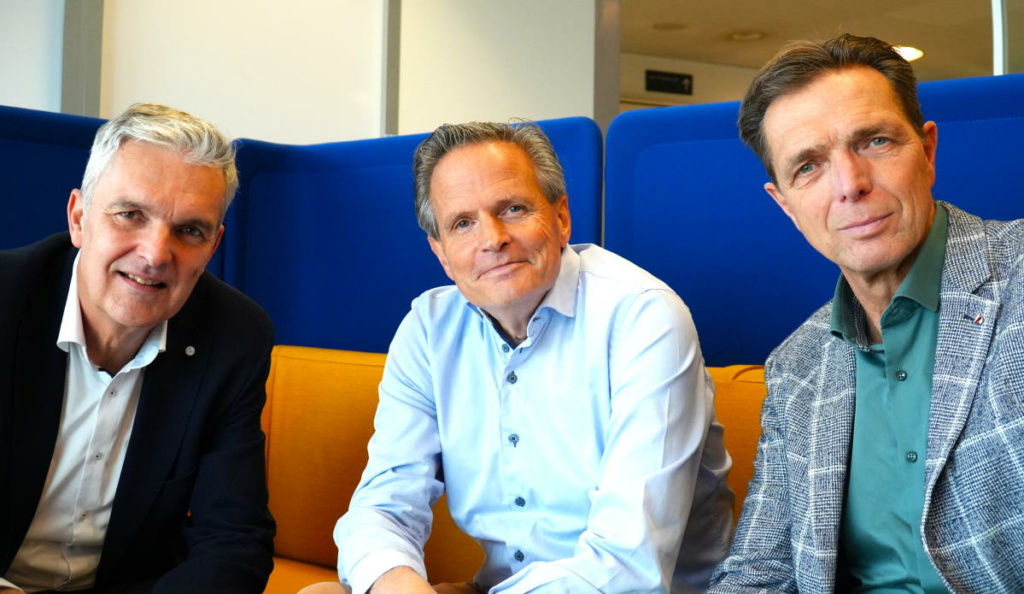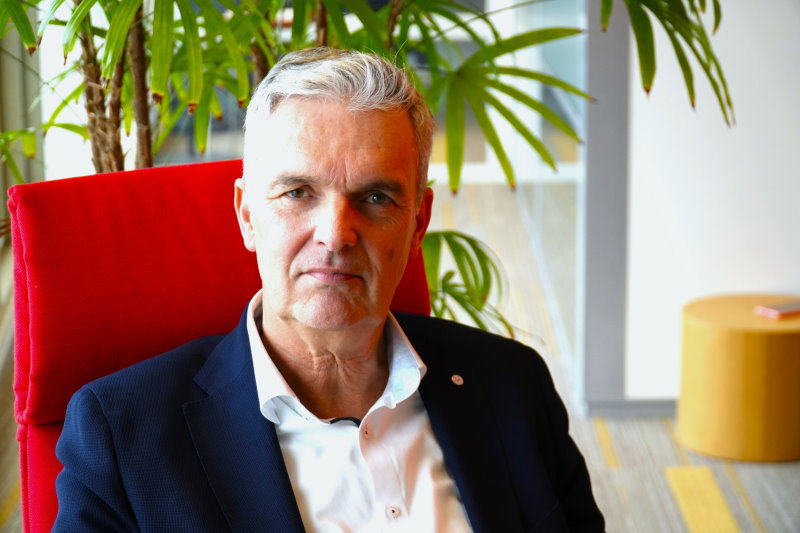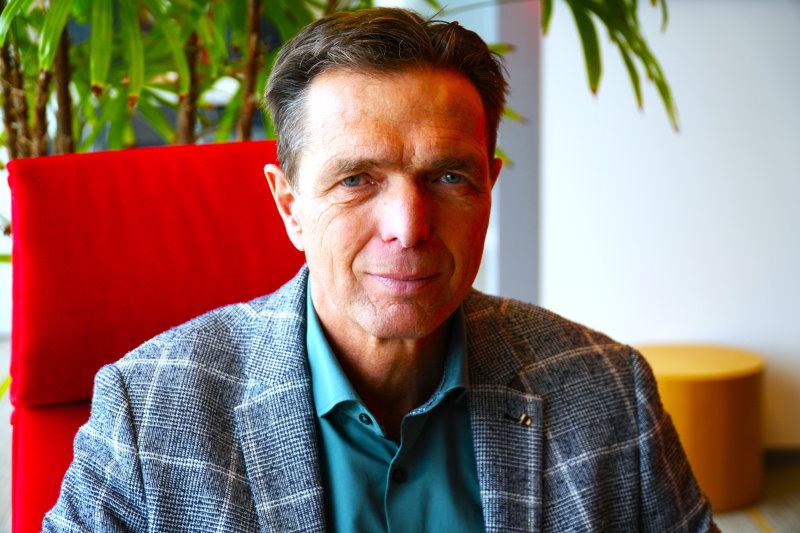
ASML’s 40-year journey: navigating challenges with Capgemini
Reinout van Elst, Capgemini’s global account executive for ASML, has been engaged with ASML for over a decade. “ASML and Capgemini are both global players who have grown organically and through acquisitions. We’ve both experienced the challenge of integrating newly acquired partners. With our European roots, we respect the original DNA of these companies, allowing their people to remain authentic and creative. This is a strategic choice that may slow down the synergy benefits, but we trust in our people’s commitment to work together and make things happen. Over the years, I’ve seen this foster a kind of entrepreneurial spirit where ASML and Capgemini professionals recognize each other.”
This is endorsed by Mark Roozeboom, Capgemini’s sales lead for engineering, research and development. He joined Capgemini over thirty years ago. “I believe this is one of the reasons why ASML is consistently positive about the quality of our professionals. It’s also why our people are eager to work for this client. Our professionals are spread throughout ASML, with many of them having a long history with the company. We know how things work around here. Our people are integrated into many different domains within ASML. Even the guy who trained many ASML employees for the Eindhoven marathon is from Capgemini.”
“Being present in so many parts of ASML feels like a great privilege. It also comes with a responsibility we have as a partner,” says Kees Vos, Capgemini’s delivery partner for the ASML account. “Contributing to the development of the unique high-tech ASML products with software and engineering is very exciting. It makes our professionals feel proud and relevant. Also, the supporting domains of corporate security and IT are challenging and help us to better understand the overall picture. This enables us to connect the dots sooner than ASML can when it comes to combining data from different departments. It can be hard though to address issues and realize improvements on cross-sector themes, as we also experience in our architecture partnership in IT.”

Capgemini is present in many parts of ASML. Having contacts everywhere, it must be easy for you to open the door for new initiatives.
Van Elst: “Oh no, it’s not always that easy. Departments at ASML have their own mandate and are quite autonomous. That certainly has its value, and it makes the company resilient. But sometimes it causes sub-optimal situations. We clearly see the struggle for cross-sector initiatives to get buy-in and achieve the intended results. Nevertheless, we’ll continue to identify any related opportunity we spot. Somehow there are always open ears for new ideas. That makes me confident that crucial themes will progress eventually. It just takes stamina and a thick skin to be a true partner for ASML. It’s not always a happy marriage, but we know it’s worth it in the end.”

So it can be hard to drive your cross-sector agenda. But it was just said that ASML values your professionals. How does that work?
Roozeboom: “Well, in its foundation, ASML started as a hardware company. Very hands-on people, with a passion for technology, figuring out solutions for technical problems. The same goes for our engineers, and they’re very proud to be able to contribute to the high-tech company that ASML has become. Being smarter than ASML about technical issues is almost impossible. But our people on the floor do see room for improvement in how to organize the work, the processes. For example, our technical publications teams are documenting many procedures for different departments in the hardware environment. That makes life easier for the people with their hands on the machines.”

Vos: “If you follow that line, it brings you to automation. This topic never seemed to have priority at ASML because getting the machines out to the clients always comes first. Now that the market is temporarily stalling, this might be the right time to optimize processes. The machines and the supporting processes give us much data. If we align the use of this data and leverage the accelerating power of AI, we can make some big steps together. Not only in efficiency but also in automating data to drive sustainability solutions. Aren’t these just the kind of topics that are relevant once the market picks up again?”
Are you saying that ASML should organize better?
Van Elst: “I believe the next big step for ASML is to act as one unified company. Their technological supremacy is undisputed so far. But acting like one company is essential for them to stay ahead. Especially now that other factors, like competition, sustainability requirements and the geopolitical situation, are becoming more relevant. Just being a tech champion won’t be enough anymore in the long term. The world expects more from a leading company like ASML. The intention and the ingredients are all there, but it wouldn’t hurt to work a bit smarter and speed up.”
Roozeboom: “Of course, Reinout is always looking ahead, looking for what’s next. And he should, in his role. But it’s also important to appreciate where we are today, especially ASML. From a shed with Philips’s most nerdy weirdos to the world’s most advanced high-tech company. Forty years of inspiration to bright people much younger than us three grumpy old men, to the next generation.”
Main picture credit: Capgemini





